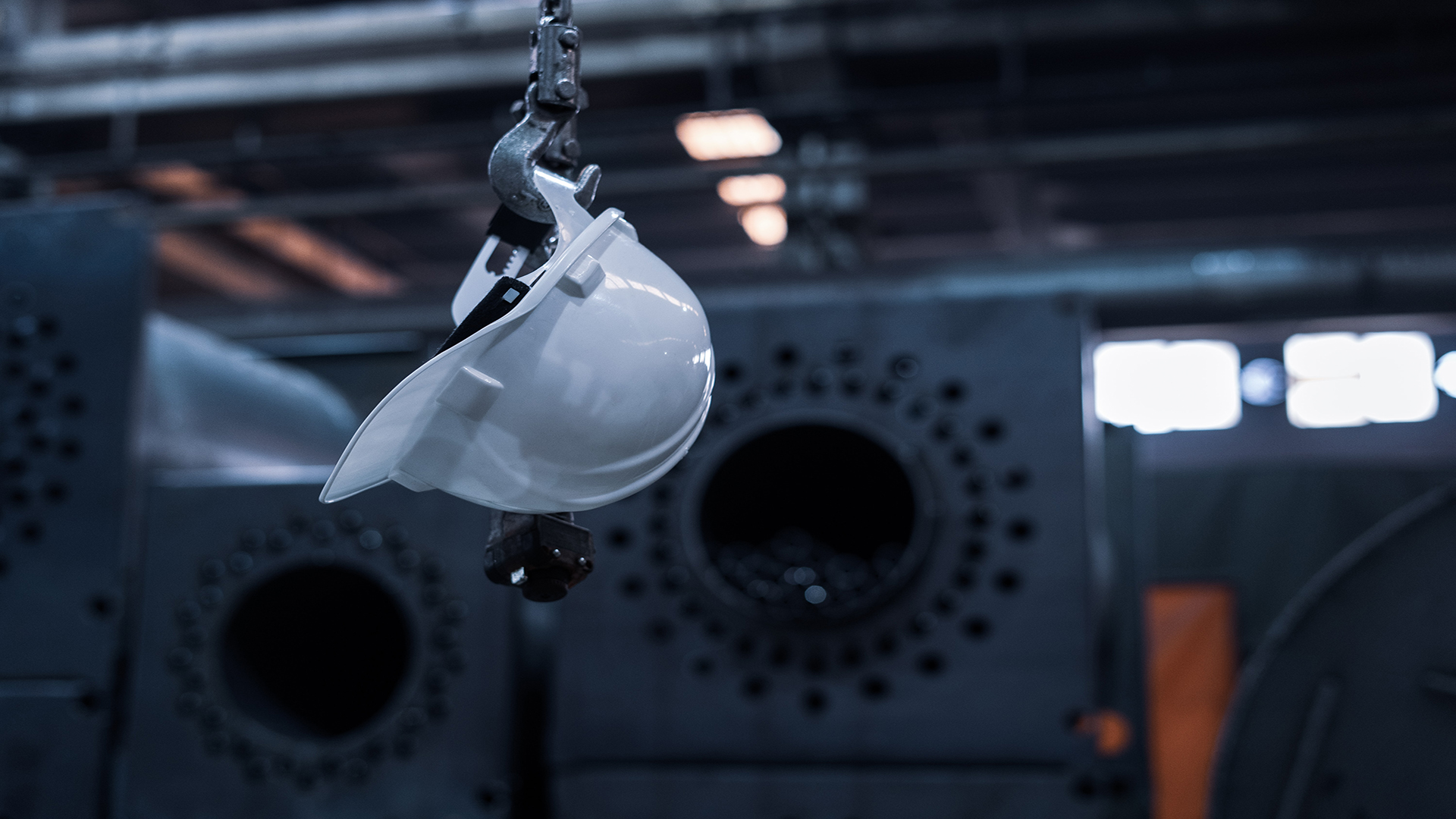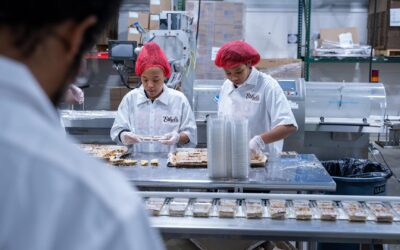Executive overview
The manufacturing industry netted a loss of 578,000 jobs during the pandemic-challenged year 2020—a figure that represents nearly six years of job gains,1 and yet, at any given moment in the past six months, nearly 500,000 jobs have remained open in manufacturing.2 In fact, the National Association of Manufacturers (NAM) Manufacturers’ Outlook Survey continues to find that “attracting and retaining a quality workforce” is one of the top business challenges among respondents.3 How is this possible, given that the unemployment rate remains stubbornly high.4
One of the top challenges manufacturers face today remains the skills gap in US manufacturing. In 2018, our headline was “The jobs are here, where are the people?”5 That was in the context of historically low unemployment rates.6 Fast forward three years and, amid a global pandemic and the first US recession in more than a decade, it would appear the same headline stands.
There are nuanced differences in today’s environment that are important to understand, as they highlight some key challenges manufacturers face: sourcing, training, and retaining talent. This report highlights some key findings from the 2021 Deloitte and The Manufacturing Institute Manufacturing Talent study, including:




